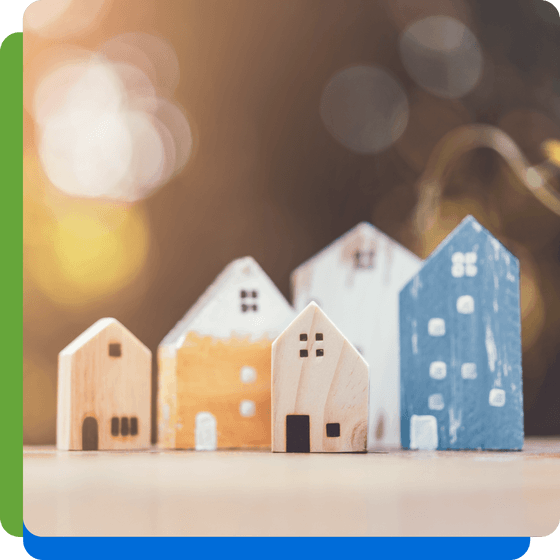
Mortgage Basics
If you’re considering applying for a home loan, there are some basic terms that are important to review before you begin. The more you know, the better you’ll be prepared.
The Basics
Application Checklist
When you’re ready to apply, here are the items you may be asked to provide with your application:
- Photo identification
- Pay stubs for your most recent 30-day period
- W-2 forms for the past 2 years
- Names and addresses of your employers for the last 2 years
- If self-employed, 2 years of full tax returns
- Proof of any other income you have, such as rent
- Bank statements for the last 3 months
- Credit card and loan statements
- A list of any other debt you have, including alimony
Credit
Your credit report is one of the most important factors that lenders review. It indicates whether you have a history of missing payments or paying late, maxed out your credit cards, or opened many new accounts quickly. In other words, lenders are looking for red flags that indicate you’re an unreliable borrower.
Closing Costs
Closing costs encompass many fees but simply put, they are the processing fees you pay to close your loan. They typically include the following:
- Origination costs
- Application fees
- Credit check and monitoring
- Rate lock fees
- Title costs
- Home appraisal
- Property taxes
- Homeowners insurance
- Private mortgage insurance
- HOA fees (if required)
- Inspection fees
- Real estate agent fees
- Attorney fees
- Mortgage points
Appraisals
An appraisal, which is an estimate of the property’s fair market value, is required for many loan programs. This helps ensure the value of the home you are buying is in line with your mortgage loan amount. A licensed Appraiser will evaluate the property’s location, amenities, and physical condition and consider the value of other homes in the area.
Private Mortgage Insurance (PMI)
For a conventional mortgage with a down payment of less than 20%, a lender will require that you have private mortgage insurance (PMI). The insurance protects them in the event you default on your loan. The cost will vary, and borrowers can either pay a 1-year premium at closing or have the PMI added to their monthly mortgage payment.
Refinancing
When you refinance, you’re replacing your existing home loan with a new one. Typically you’ll get a better interest rate, a lower monthly payment, and have the option to cash out equity at the same time. You can also choose to reduce the loan’s term, such as switching from a 30-year loan to a 15-year one.
Foreclosures
If a homeowner cannot pay their monthly mortgage and stops making payments, the lender has the right to seize and sell the property. The legal process for the seizure is called foreclosure and is typically triggered when a borrower misses a certain number of payments. Foreclosures can also be triggered if a borrower fails to meet other terms.


